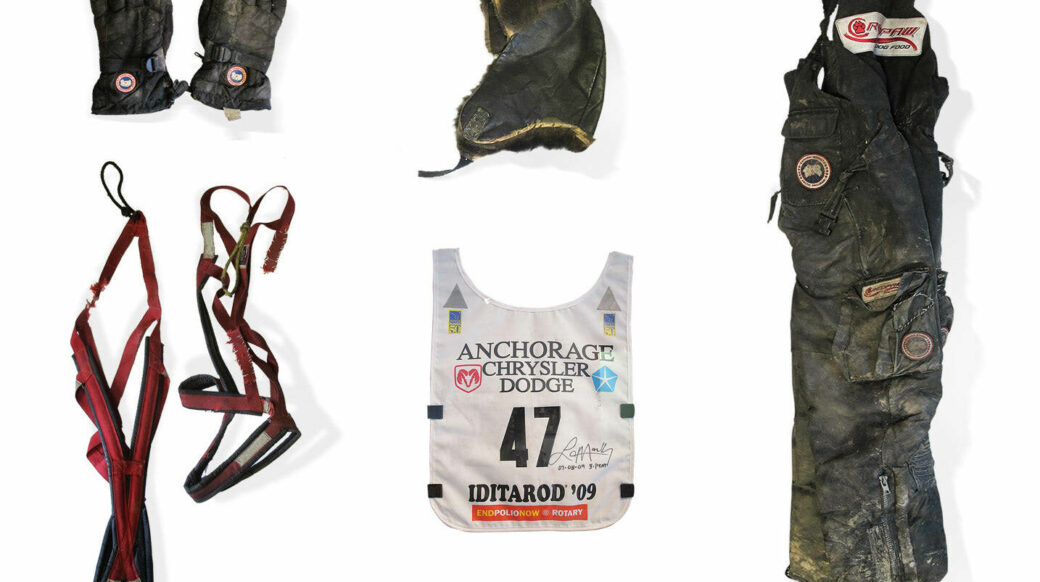The Creators of the Iconic Canadian Parkas Use Pro-Level Quality, a Sense of Place, and Retail Innovation to Stay Ahead of the Pack.
Shorter days and colder temperatures mean it’s time to reach for your trusty winter coat. Perhaps more than any other piece of outerwear, a winter coat has a tough job: keeping you warm in even the harshest conditions, but also looking stylish enough that you don’t mind putting it on every time you walk outside.
One brand stands apart as the holy grail of winter wear: Canada Goose. Originally founded in the 1950s as Metro Sportswear Ltd in Toronto, the brand specialized in wool outerwear, raincoats, and snowmobile suits. The company’s breakthrough came in the 1970s with their invention of the volume-based down filling machine and the start of a new brand, which was then called Snow Goose. Their customers were mostly wholesale accounts and organizations whose members spent long days exposed to the unforgiving weather of Canadian winters, such as local police departments, the Canadian Rangers, and government environmental agencies.
If Canada Goose’s down parkas are warm enough for a trek to the North Pole, then it’s only logical to believe that they will keep you warm if your car gets stuck in the snow on the way home from work.
Nowadays, the brand is synonymous with something very different: luxury. Part of that status has to do with price point—entry-level models retail for around $1,200—but it also has to do with the brand’s increasing relevance to the world of high fashion—Canada Goose recently named supermodel Kate Upton as the face of the brand.
Let’s look a little closer at how this brand that was most famous for its presence at the Iditarod has transformed into an iconic winter status symbol.





